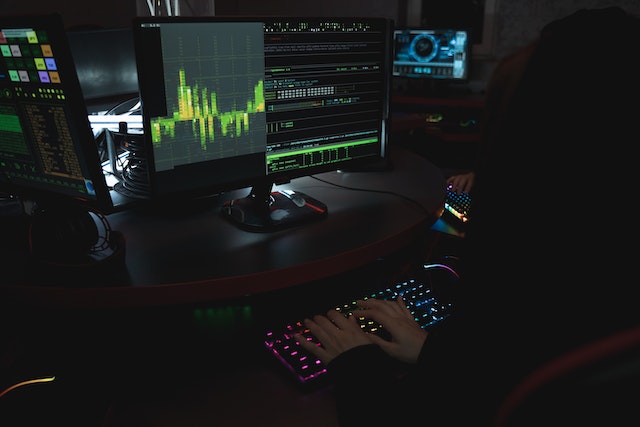The K-12 Cybersecurity Act of 2021 set guidelines and strategies to prevent cyberattacks in schools. According to the Government Accountability Office (GAO), such attacks can lead to weeks of learning loss. It can also take schools months – in some cases, nearly a year – to recover. And the financial impact can be dire for schools already struggling with decreasing budgets. The GAO states that the costs of school cyberattacks range “from $50,000 to $1 million.” This includes “replacement of computer hardware and enhancing cybersecurity to prevent future attacks.” The K-12 Cybersecurity Act requires the Cybersecurity and Infrastructure Security Agency (CISA) to release an annual report. Fortunately, CISA’s first report provides strategies to reduce cybersecurity risks in schools.
Strategies to Reduce Cybersecurity Risks in Schools
In an article in Education Week, Lauraine Langreo discusses CISA’s suggestions in their first annual report. First, Langreo states that schools should “implement effective security measures.” These measures include correcting flaws in security and requiring multi-factor authentication. They also include raising student, faculty, and staff awareness through training. Next, Langreo discusses the need to address constraints to resources. Options include use of the E-rate program and the State and Local Cybersecurity Grant Program for funding. Lastly, Langreo writes that schools and districts should collaborate. By this, Langreo means collaboration with other districts, notably by sharing information on forums. Additionally, Langreo stresses the need to develop ties both with local field offices of the FBI and with regional advisers from CISA.
Keeping Students Safe on School Computers
Of course, cyberattacks aren’t the only threats on school computers. Students also face dangers from grooming, predators, and inappropriate content. CIPA requires the use of content filters, but content filters are inadequate and easily bypassed. The best way to protect students online is to pair content filters with screen monitoring software, like LearnSafe. LearnSafe can detect at-risk behavior, including the access of pornography and inappropriate content, on school computers. Moreover, LearnSafe detects instances of grooming and cyberbullying – online and offline. LearnSafe helps students become more cautious about online behavior and interactions. Additionally, LearnSafe provides protection if students make mistakes.


